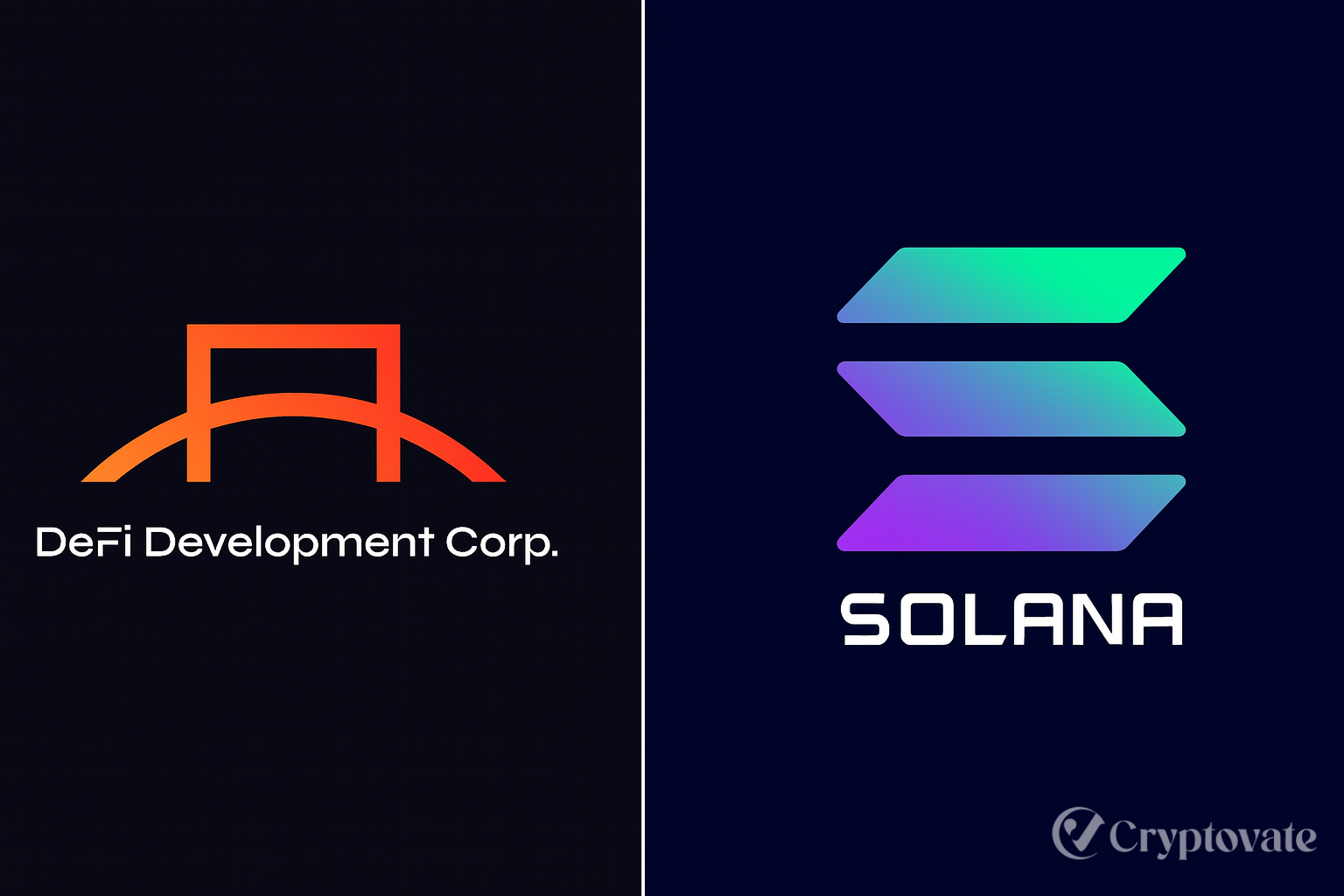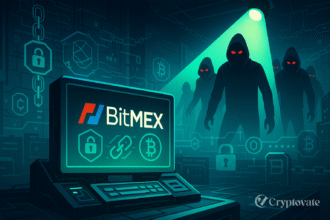– Ad –
| Getting your Trinity Audio player ready... |
Tether, the company behind the world’s leading stablecoin USDT, is making waves with a bold prediction from its CEO, Paolo Ardoino. By the close of 2025, Tether plans to lead the world in Bitcoin mining, potentially transforming the cryptocurrency industry. This ambitious goal comes as Tether navigates increasing regulatory scrutiny and leverages its substantial Bitcoin holdings to secure a dominant position in the mining industry.
Tether’s Strategic Pivot to Bitcoin Mining
Paolo Ardoino recently announced Tether’s plan to scale its Bitcoin mining operations significantly. With over $10 billion in Bitcoin assets, Tether is well-positioned to invest heavily in mining infrastructure. Ardoino emphasized that this move is not just about profit but also about strengthening the Bitcoin network’s security and decentralization. By becoming a major player in mining, Tether aims to mitigate risks of network manipulation and ensure the blockchain’s integrity.
This strategic pivot supports Tether’s adaptation to new regulations, like the U.S. GENIUS Act of June 2025, which sets stringent compliance standards for stablecoin issuers. By diversifying into Bitcoin mining, Tether is hedging against regulatory pressures while capitalizing on its financial reserves. Ardoino’s confidence is clear: he believes Tether’s mining operations will outpace competitors by the end of 2025, though the company has not yet disclosed its current share of the Bitcoin hashrate.
Why Bitcoin Mining Matters
Bitcoin mining entails using high-powered computers to tackle intricate mathematical puzzles, safeguarding the network and gaining Bitcoin rewards. It’s a highly competitive industry, with major players like Marathon Digital and Riot Platforms dominating the space. Tether’s entry could disrupt this dynamic, given its financial clout and strategic vision. By controlling a significant portion of the hashrate, Tether could influence transaction processing and network stability, making its 2025 goal a game-changer.
Also Read: The Rise of Crypto Mining: Uncovering the Secrets to Earning Passive Income
Challenges and Opportunities
Tether’s ambitious plan faces challenges, including the high energy costs and environmental concerns associated with Bitcoin mining. Scaling operations to surpass established miners will require massive investments in hardware and sustainable energy sources. However, Tether’s deep pockets and Ardoino’s forward-thinking leadership provide a strong foundation for success. The company’s profits from USDT, which maintains a $1 peg and facilitates billions in transactions, offer the capital needed to fuel this expansion.
Additionally, Tether’s move could boost investor confidence in Bitcoin by reinforcing network security. As regulatory pressures mount, Tether’s mining focus may also serve as a hedge against potential stablecoin restrictions, diversifying its revenue streams.
Also Read: Tether’s Compliance Stablecoin: A Game-Changer for Institutional Web3 Adoption?
What’s Next for Tether?
Paolo Ardoino’s vision positions Tether as a multifaceted crypto giant, extending beyond stablecoins into the heart of Bitcoin’s infrastructure. If successful, Tether could redefine its role in the crypto ecosystem, balancing regulatory compliance with industry leadership. As 2025 approaches, all eyes will be on Tether’s mining progress and its impact on the broader market.
FAQs
What motivates Tether to target becoming the top Bitcoin miner?
Tether seeks to secure the Bitcoin network, diversify its operations, and hedge against regulatory pressures, leveraging its $10 billion Bitcoin holdings.
What challenges does Tether face in Bitcoin mining?
Tether must overcome high energy costs, environmental concerns, and competition from established miners to achieve its 2025 goal.
How does Tether’s CEO plan to achieve this goal by 2025?
Paolo Ardoino plans to use Tether’s substantial profits and Bitcoin reserves to invest in mining infrastructure and scale operations rapidly.
What is the significance of Tether’s Bitcoin mining push?
By becoming a top miner, Tether could enhance Bitcoin’s network security, influence transaction processing, and strengthen its market position.

















